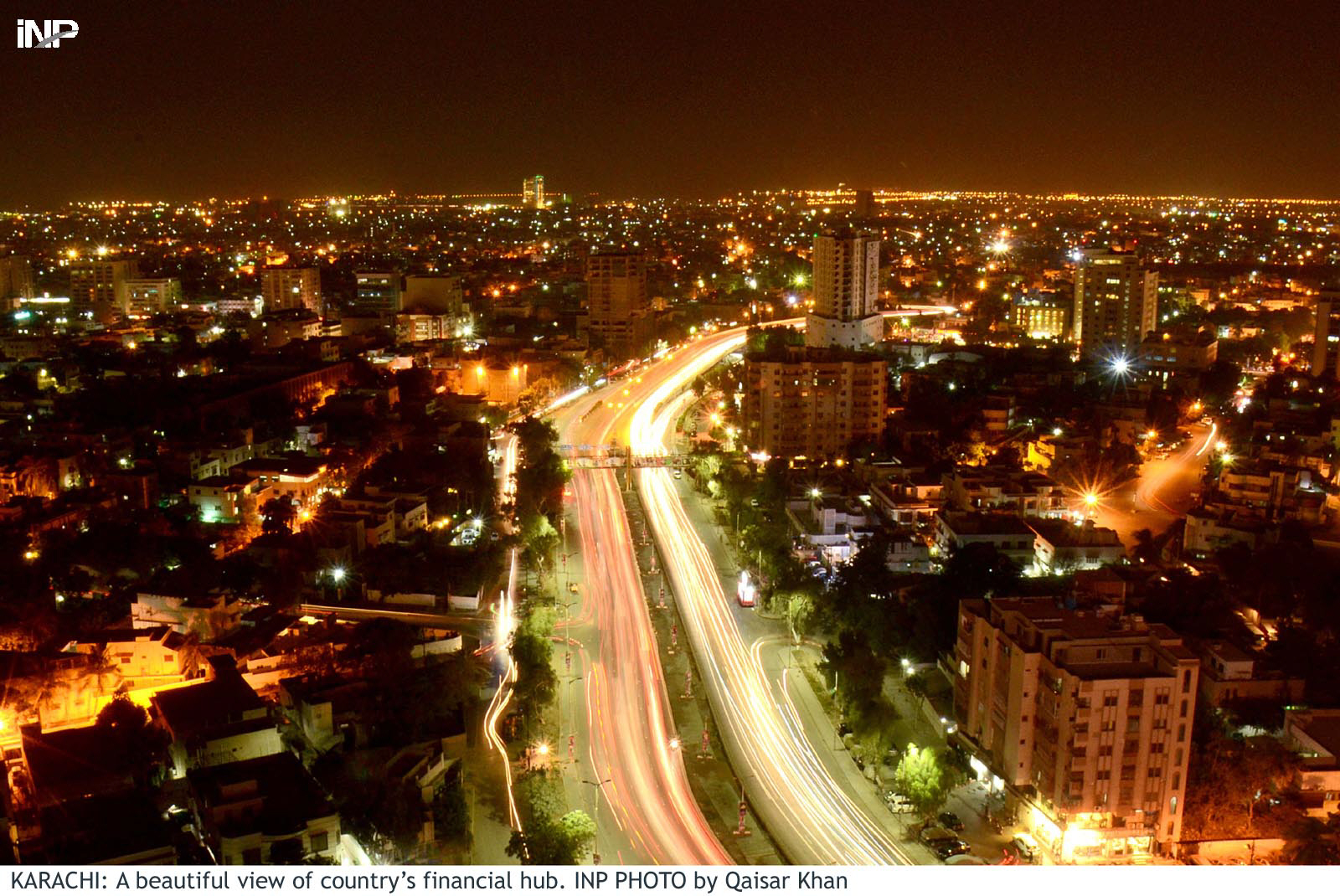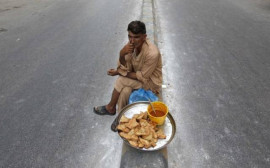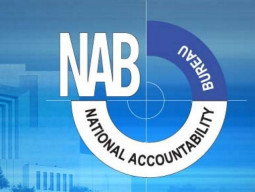
Power outages hindered whatever growth prospects there were and the oil import bill was reaching fresh highs.
Kinnow exports expected to fetch Pakistan $200m
Reserves held by the country’s central bank had eroded to under $3 billion by December 2013 - less than the amount needed to cover a month’s import bill - and fiscal constraints handicapped any plans of development.
Fast-forward three years and a $6.6-billion IMF programme, the situation is much more stable. The security situation has improved to some extent and government’s promises to end load-shedding have at least taken a path. The China-Pakistan Economic Corridor (CPEC), part of Beijing’s ‘One-Belt One-Road’ initiative, envisages huge infrastructure and energy projects in a country that has historically neglected its development areas. Additionally, reserves held by the State Bank of Pakistan (SBP) are now a tad under $19 billion.
But more so than that, there is a gush of political calm. A smooth transition from one government to the next - PPP’s tenure from 2008 to 2013 marked the first time in the country’s history that a democratically-elected government completed its five years - and closer civilian-military ties have meant that growth has not just come on paper alone.
'Pakistan's economy will collapse in the next 10 years'
“Pakistan was a good student of the IMF, but the country is not out of the woods just yet,” Farouk Soussa, Citi’s Chief Economist for the Middle East, told The Express Tribune on the sidelines of a media summit held in London earlier this month. “The economy (has) turned out really well and a large part of it had to do with the (IMF) programme.
“However, the largest part of the economic turnaround has to do with sentiment, stabilisation of the political situation and, more importantly, the oil prices. The collapse in the price of crude oil has helped Pakistan build its reserves, strengthen the rupee and deal with the circular debt issues.”
The road ahead, however, is still going to be tricky even with the CPEC-related inflow of billions of dollars, added the official responsible for macro-surveillance of the GCC and Levant regions as well as Pakistan.
Reasons to be careful
Soussa said the absence of the IMF programme means there will be no anchor to the economic and fiscal policy, which may have an impact on investor sentiment. “A lot depends on how the government policy evolves and how it maintains fiscal discipline. People are watching very closely if there will be a ‘break’ in policy following the IMF programme.”
Soussa also believed the upcoming 2018 elections would be a key area when it comes to examining Pakistan’s fiscal measures. “There tends to be upward pressure on expenditures going into the elections. Because of a lack of anchor of the IMF, it could result in a widening deficit and greater debt burden.”
Despite rising economy, Pakistan still hampered by image problem
On the external front, falling remittances is a worrying trend. Overseas workers remitted $6.258 billion during July-October 2016-17, down 3.82% year-on-year, although figures for October alone were slightly higher.
“There isn’t that much Pakistan can do when it comes to falling remittances. However, when it comes to competitiveness, policymakers will have to make a greater effort. One might see a renewed downward pressure on the Pakistani rupee.
“A lot of it depends on the oil prices. Right now, we are predicting a price of $58/barrel next year, with significant downside risks. However, if it does go up to that level, we could see a negative impact on the rupee. Generally, all indicators point towards a weakening Pakistani currency.”
Pakistan’s stock market
Speaking about equity inflows, following the MSCI’s decision to reclassify Pakistan as an emerging market in June this year, Soussa said those could take time and may not be as high as some are inclined to believe. However, the economist did acknowledge that Pakistan’s stock exchange is the second-most attractive market for strategists working at Citi who follow frontier markets.
“There is a model based on macroeconomic news and price-to-earnings ratio and Pakistan is the second-most attractive market after Romania.
“We recognise there is a very good story in Pakistan and a lot of unfulfilled potential in terms of equity investment. Weighing against this are concerns of global uncertainty following the result of the US elections. In time, we see flows adopting a clearer direction.”
Published in The Express Tribune, November 30th, 2016.
Like Business on Facebook, follow @TribuneBiz on Twitter to stay informed and join in the conversation.











































COMMENTS (1)
Comments are moderated and generally will be posted if they are on-topic and not abusive.
For more information, please see our Comments FAQ